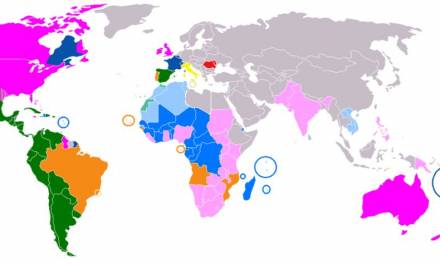There is a popular theory known as the VARK theory, which describes the main ways of learning.
The four letters stand for: Visual, Aural, Read/write, and Kinaesthetic sensory.
If your child is a visual learner, this will be evident in the fact that he or she becomes frustrated when they do not have any visual learning aids available.
This is because they are more able to grasp concepts when visual learning materials are used.
If you believe your child, or a child you teach, is indeed a visual learner, you will no doubt be wondering how to teach visual learners. The following tips should prove useful:
Lighting
Lighting is something a lot of teachers do not even consider an issue. But when you have visual learners in the classroom, you need to ensure that the room has just the right levels of lighting. This makes it much easier for visual learners to see clearly and feel comfortable in their environment.
Eye contact
Eye contact is also an important part of teaching visual learners, and you must always try to give eye contact where possible. By doing this, you can enable them to feel comfortable with you and get them ready to learn. Their comfort is important because visual learners are typically better at understanding emotions and feelings.
Visual references
Using picture references alongside textual references is a great way of ensuring that visual learners are not left in the dark. For example, labelling lockers with a picture as well as a word can make it easier for visual learners to find what they are looking for.
Using comic-book style instructions can ensure that a child can complete work as effectively as other learners.
Facial expressions and hand gestures
When giving instructions verbally, you may want to make use of strong facial expressions and hand gestures to accompany your voice. Visual learners will pick up on this more than the words you are saying, and they will not be left behind as a result.
Keep organised
Just as adults tend to prefer a neat and tidy workspace, visual learners need an orderly, clutter-free learning environment if they are to excel. By having a place for everything and putting everything in its place, visual learners will not be distracted by the mess around them and will be able to concentrate on the task at hand.
Make use of drawings
Whether you are explaining a scientific concept or simply trying to teach a child a new word, getting them to draw keywords can help the information stick in the mind of a visual learner. Plus, it will help them develop fine motor skills and artistic ability at the same time.
As you can see, working out how to teach visual learners can take time and thought, but it is quite a simple task, which will see many benefits and help visual learners to flourish.










